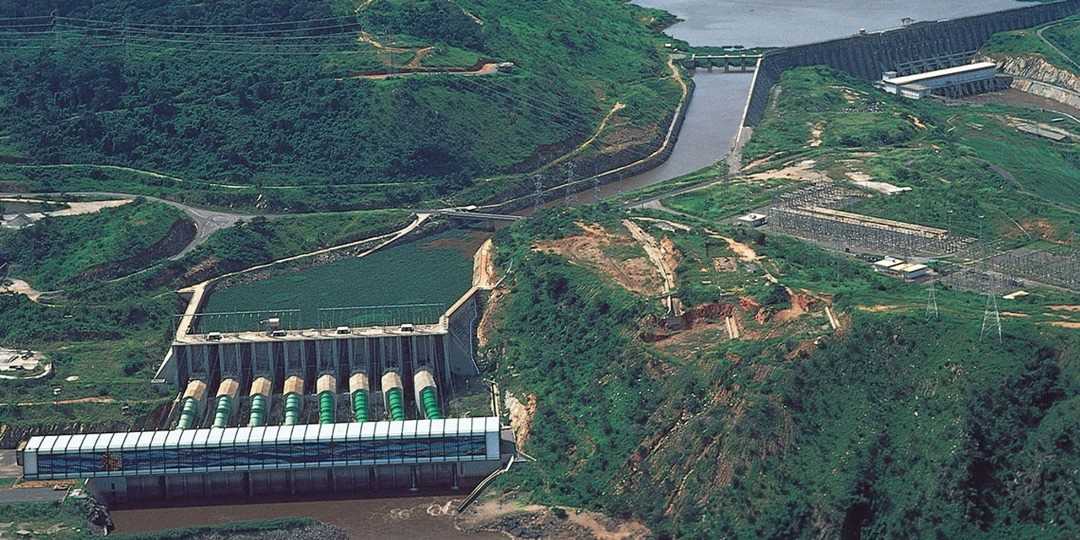
Oscar J Jeke - Zim Now Reporter
The World Bank has pledged US$1 billion in support of the Democratic Republic of Congo’s ambitions to revive the long-delayed Inga III hydropower project part of what could become the largest hydropower complex in the world.
Of the total commitment, an initial US$250 million will be disbursed to fund technical studies, reform the national power utility, stimulate local economic development, and attract private sector investment into the Inga III facility. The project is a critical component of the Bank-backed Mission 300 initiative, which aims to connect 300 million Africans to electricity by 2030.
Inga III is expected to generate up to 11,000 megawatts of electricity, more than triple Congo’s current installed capacity, and could cost around US$10 billion to complete. When fully developed, the broader Grand Inga complex situated on the mighty Congo River, the world’s third-largest by volume has the potential to produce 40,000MW, eclipsing even China’s 22,500MW Three Gorges Dam.
“The World Bank’s phased approach maximises the chances of Inga III actually happening,” said Yadviga Semikolenova, the Bank’s energy practice manager for Eastern and Southern Africa. The project, she added, now has a stronger foundation than in previous attempts.
Related Stories
The electricity from Inga III is expected to fuel industrial development, including mineral processing, electrify the capital Kinshasa, and supply power to energy-deficient countries across the region.
Congo’s hydro ambitions are central to a US$36 billion national electrification strategy unveiled earlier this year at a Mission 300 conference in Dar es Salaam. The plan seeks to triple electricity access by 2030, addressing the stark reality that only 20% of Congo’s 100 million people currently have power.
Despite its vast potential, Inga III has been mired in decades of delays, mismanagement, and shifting partnerships. A 7,000MW agreement signed last year with Nigeria’s Natural Oilfield Services Ltd., including plans for an aluminium refinery, replaced a prior deal with Fortescue Ltd., an Australian firm backed by billionaire Andrew Forrest. Fortescue itself had taken over from a Spanish-Chinese consortium that failed to execute a US$14 billion, 11,000MW iteration of the project. It remains unclear what has become of the Nigerian-led agreement.
The World Bank had previously pulled out of Inga III in 2016 over governance concerns. However, with renewed momentum and a clearer focus on phased funding and reform, the Bank now appears committed to helping the project overcome its troubled past.
Most of the electricity currently generated at Inga is transmitted over 1,600 kilometres to power Congo’s mineral-rich Katanga region, home to major copper and cobalt operations run by companies such as CMOC Ltd., Glencore Plc, and China Railway Group Ltd.
World Bank President Ajay Banga said Inga’s revival could attract up to US$85 billion in private investment under the Mission 300 framework and serve as a cornerstone of Africa’s green industrialisation.
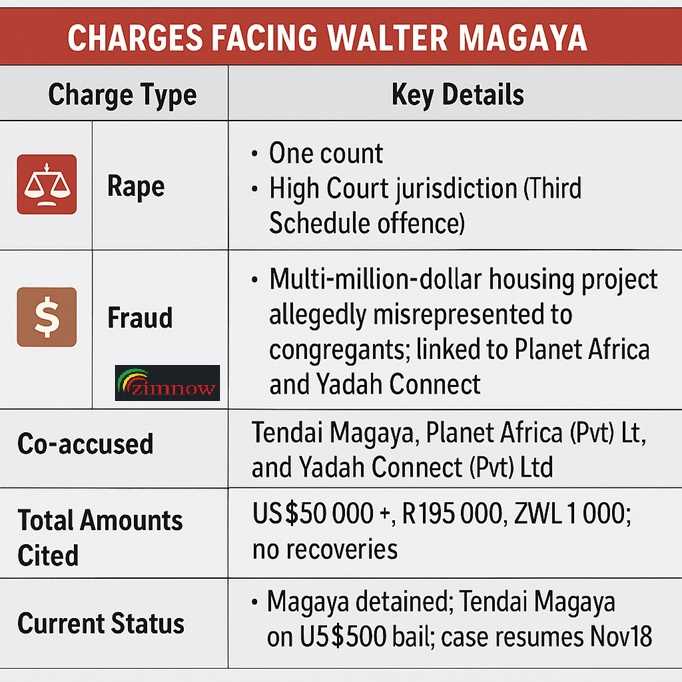
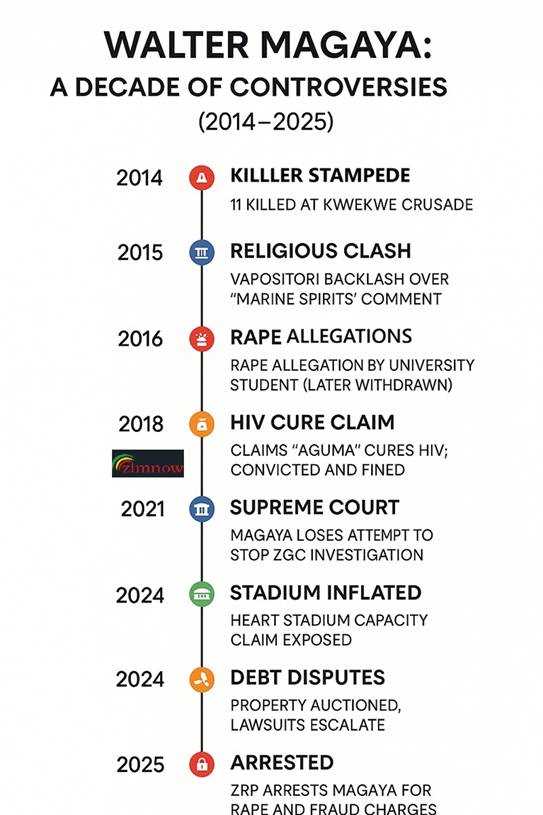
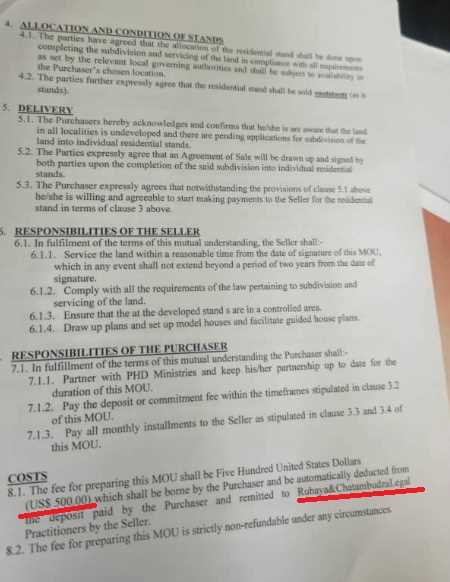

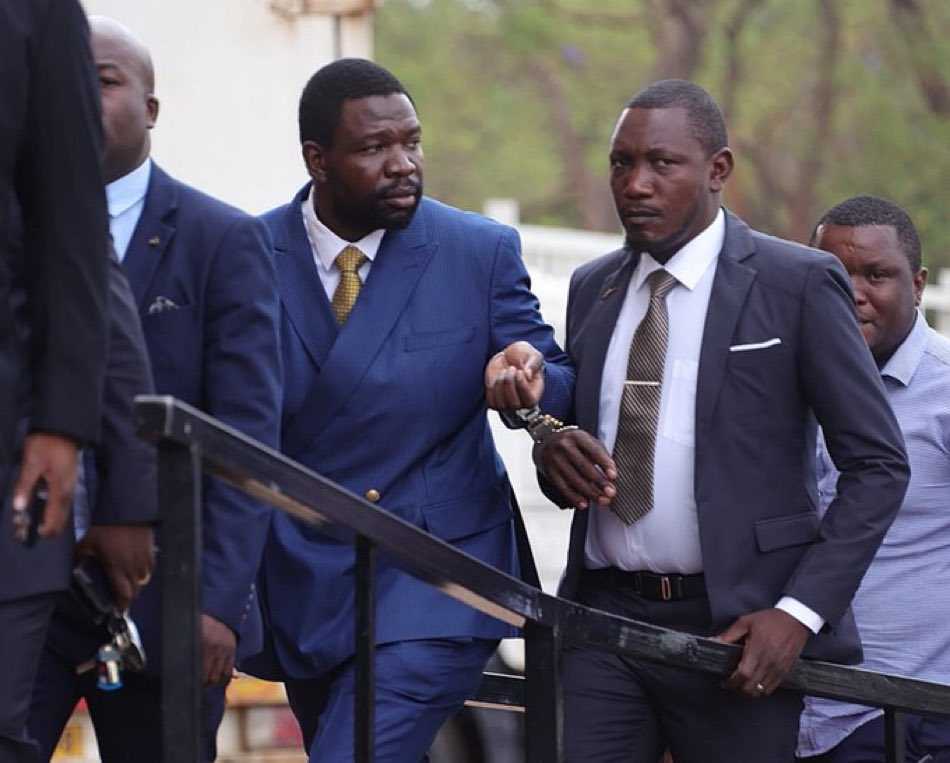
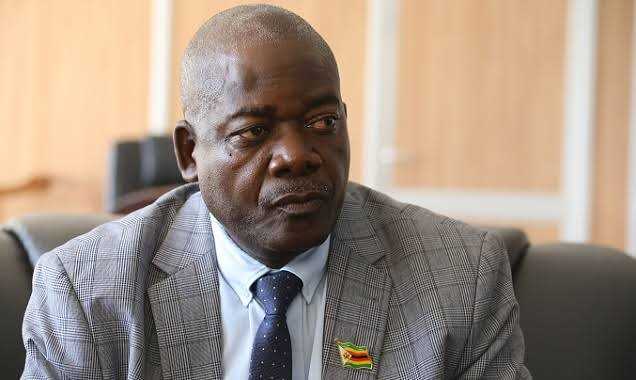

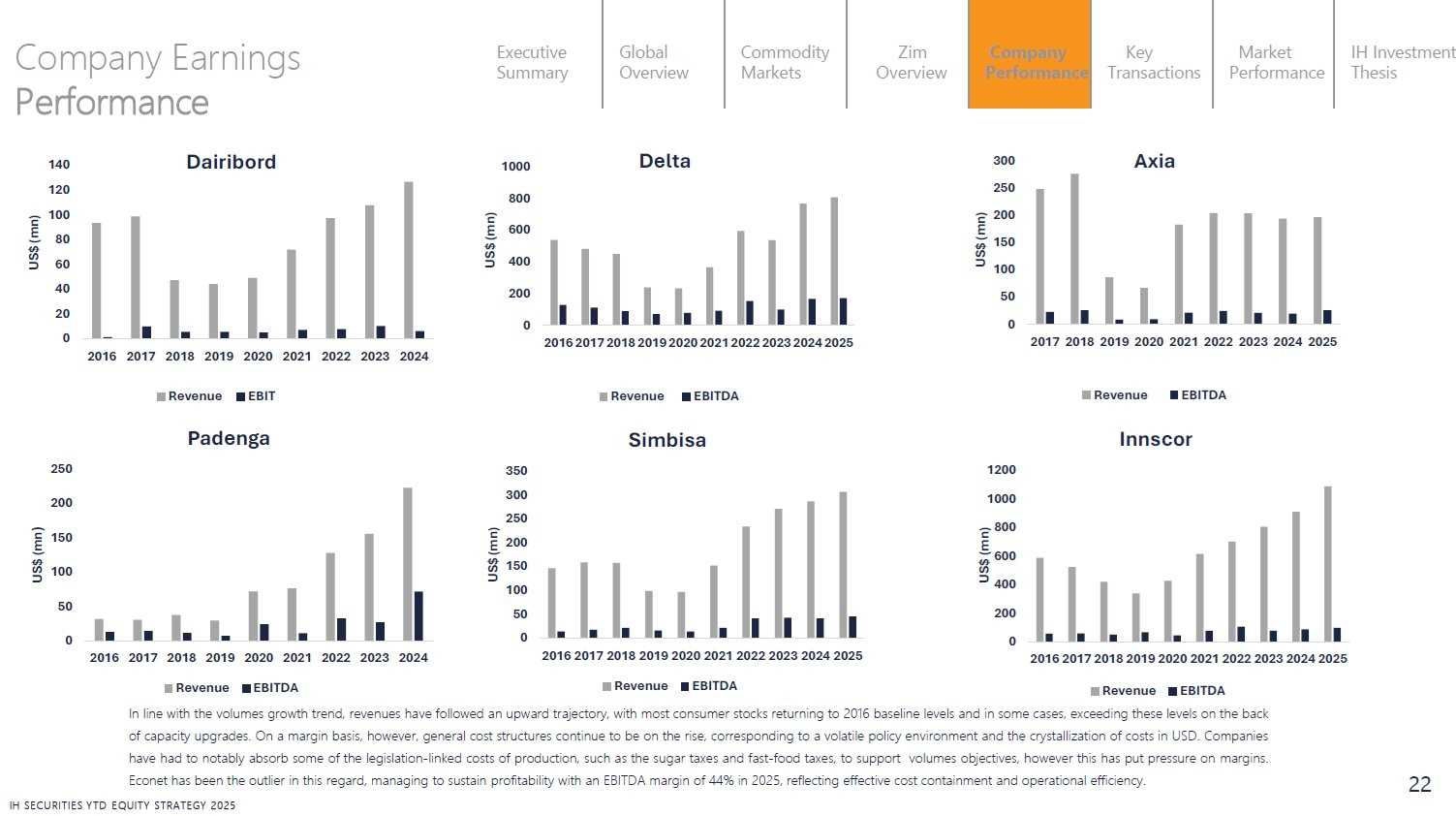






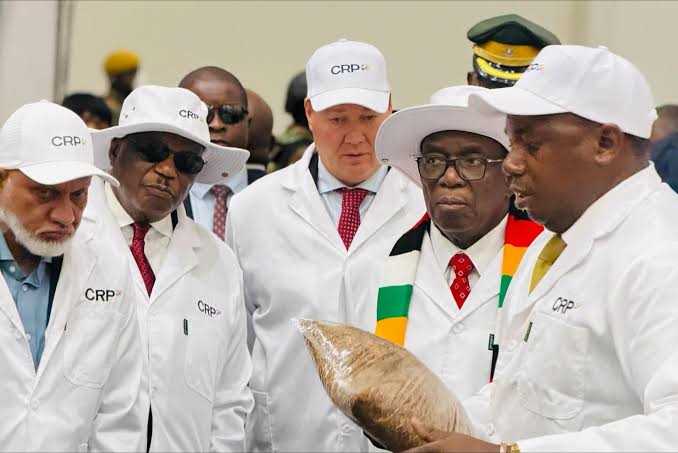


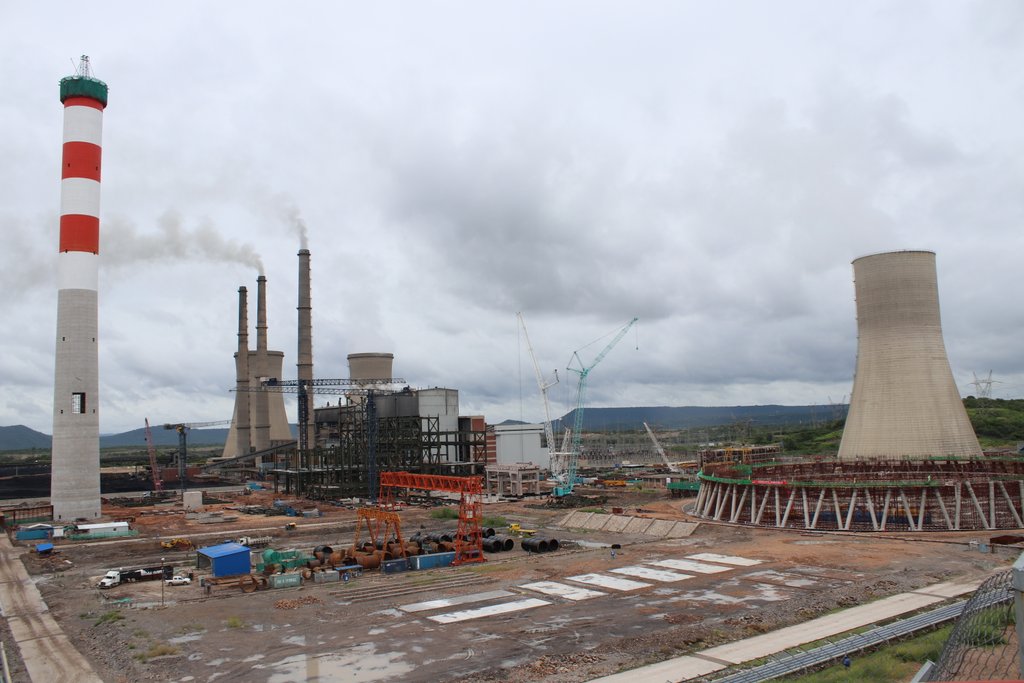


Leave Comments